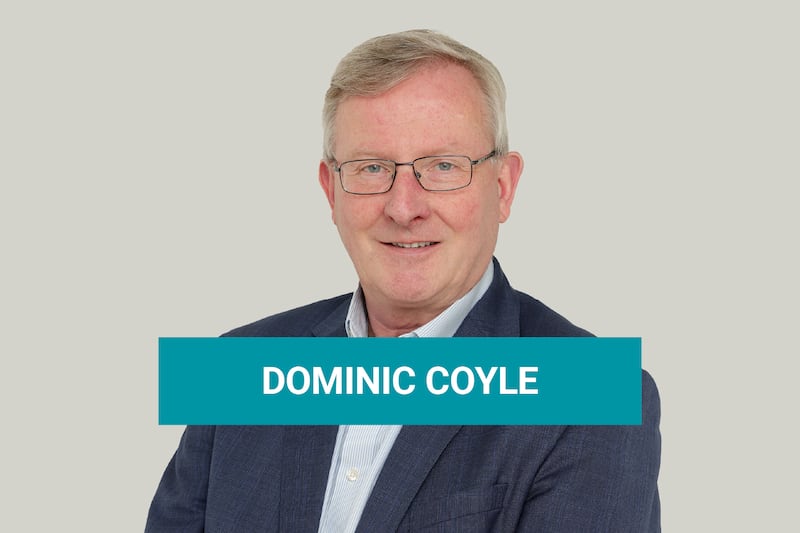Low-income households, rural households and larger properties are the most exposed to future energy price increases, a study by the Central Bank has found.
The research examined the potential impact of long-run energy price rises arising from increases in carbon taxation on mortgaged households. It found that energy consumption and emissions were “positively correlated” with income, property size, the number of occupants and location (rural areas).
Emissions among higher-income groups were found to be over double those of lower-income groups, while energy usage was 40 per cent higher in rural areas than in urban areas, largely due to bigger properties and higher transport expenditure.

What will a new insurer in the market mean for consumers?
This week we got a look at two reports into economic activity in Ireland, one from Enterprise Ireland and the other from Bord Bia. Eoin Burke Kennedy explains what we learned about the performance of homegrown businesses and within the growing food sector.But first, Joe Brennan explains what the arrival of a new insurer, the South African company OUTsurance, into the Irish car insurance market means for the industry and for motorists. Will their presence drive down premiums?
The study noted that the impact of rising energy prices was likely to be distributed in a highly uneven fashion.
Gerry Thornley: More than novelty at play as Connacht ready themselves for landmark game at MacHale Park
Will I lose out on UK pension because I didn’t live there for three consecutive years?
Children are missing school at an alarming rate. What is going on?
How do you keep a car brand going on fewer than 100 sales?
A household’s demand for “energy services” (for example, litres of hot water and kilometres of transportation) depends on the type and number of occupants, it said.
“Other drivers of household energy costs include scale (simply – bigger properties and vehicles) and the energy efficiency of technologies (higher efficiency increases the volume of energy services per unit of fuel),” it said.
“The specific pass-through of CO2 taxes to final fuel prices also depends on the CO2-intensity of fuels used by the household, with, for example, renewable electricity (zero CO2 per kilowatt) and coal (very high CO2 per kilogram) occupying the extremes,” the study said.
A household’s financial resilience will depend on two factors, it said, income growth and the speed of household energy/emission mitigation through increasing energy efficiency levels and switching to low-emission fuels. The study’s authors noted that lower-income households are less likely to be in a position to invest in such technologies.
The State has signed up to an ambitious carbon-cutting plan aimed at reducing emissions by 51 per cent by 2030, on the way to being carbon neutral by 2050.















